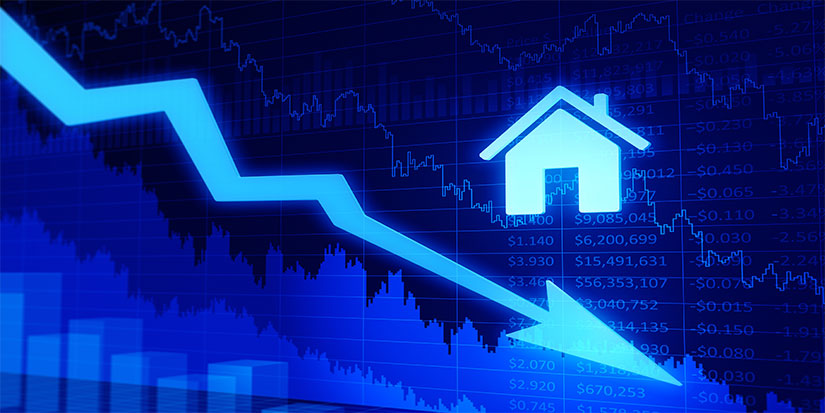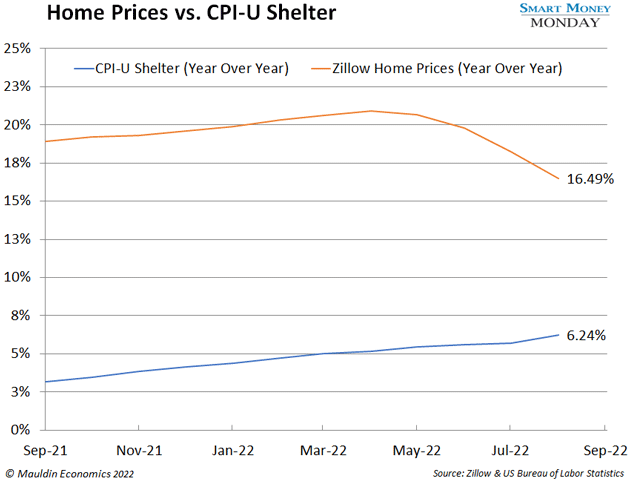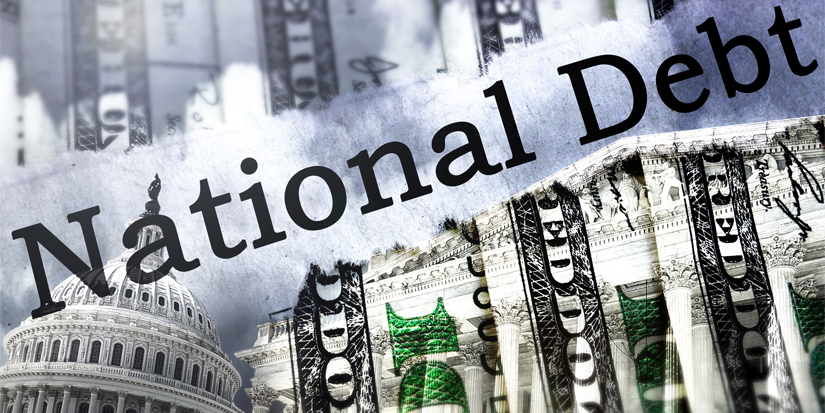
Our Inflation Nightmare Will Flatline in 6 Months
-
 Thompson Clark
Thompson Clark
- |
- Smart Money Monday
- |
- September 19, 2022
Investors are running scared.
Chalk it up to the August CPI reading, which prompted a brutal sell-off on Wall Street last Tuesday. Stocks suffered their largest one-day drop in more than two years.
Why? The market took a “glass half empty” view of positive news: The headline inflation rate decreased from 8.5% in July to 8.3% in August.
As you can see, inflation has continued to trend downward since peaking in June:

Readers, this is good news. And it’s part of why our inflation nightmare could end within six months. Let me explain…
-
The CPI core rate is what really sent markets into a frenzy.
The core rate excludes volatile energy and food prices. It rose from 5.9% to 6.3% as rents jumped, along with other goods and services.
The Fed sees the CPI core rate as a major indicator of underlying trends. So, it’s no surprise the media obsess over it too. Maybe you’ve seen some of the alarmist, click-bait headlines. Same as it ever was, fear sells… but I’m not buying it.
Don’t get me wrong: The latest CPI report isn’t worry-free. And yes, the headline number of 8.3% year over year is still high. But overall, inflation is easing. That’s nothing to scoff at, even if it’s happening slower than consumers would like.
I always like to look under the hood, and there’s something a lot of people are missing. This missing link explains why, even though the core rate rose, inflation has in fact turned the corner.
|
Mauldin Economics Presents: As individual and professional investors are aware, your portfolio could bear the burden if you’re not seeking yield in times like these. Income investing specialist Kelly Green reveals the “Inflation Hideout” that’s helping Americans collect steady 8% yields. |
-
Inflation will be flat within six months, and housing will play a pivotal role in taming it.
See, housing prices are a lagging indicator. Government inflation data uses historical prices to track housing, not current prices. So it takes time to see changes.
The CPI-U tracks prices of a few big chunks of daily life, like food, energy, and airline tickets. Those are all easy to calculate—it’s not hard to pinpoint the price of a dozen eggs or a gallon of gas.
Calculating the CPI-U’s housing component, or “shelter,” gets a little trickier. But it’s critical since it makes up a third of the index. That’s a huge chunk.
Like what you're reading?
Get this free newsletter in your inbox every Monday! Read our privacy policy here.
The other component, OER, is where things get dicey. That’s because OER is hypothetical. It involves homeowners’ estimates of what their houses would rent for.
The government tries to approximate this figure. And, as you may have guessed, its methods get a bit wonky. It pulls in a few factors such as rent, property values, and income to approximate this value. Basically, there’s a lot of guessing involved.
-
Meanwhile, one look at Zillow shows that home prices are indeed coming down.
We all know that home prices skyrocketed during the COVID mania. That’s easy to see when you look at the Zillow Home Value Index (ZHVI). The index rose an average of 19.6% year over year from August 2021 through July 2022. But the CPI-U’s shelter calculation only rose 4.5%, on average, during that same period.
Housing prices have started to cool based on the Zillow index, as you can see in the chart below. And compared to July 2022, home prices are basically flat. But the CPI-U’s August shelter reading is the highest it’s been since April 1986.

Simply put, the government’s housing data is based on old numbers. Inflation is cooling more than you think—it’s just not showing in the official data yet.
As inflation continues to ease, I’m confident the Fed will pump the brakes on interest rate hikes. After all, the whole point of hiking rates is to fight inflation. That pivot will help push stock prices back up.
Again, this is going to take some time. But I expect more accurate housing prices to make their way into the government data by early 2023.
My take: Inflation will be close to flat come next March. This will be a major shift that calms panicked investors and quiets recession fears. Once that happens, expect to see the next bull market kick into high gear.
Thanks for reading,

—Thompson Clark
Editor, Smart Money Monday
Tags
Suggested Reading...
|
|

 Thompson Clark
Thompson Clark


